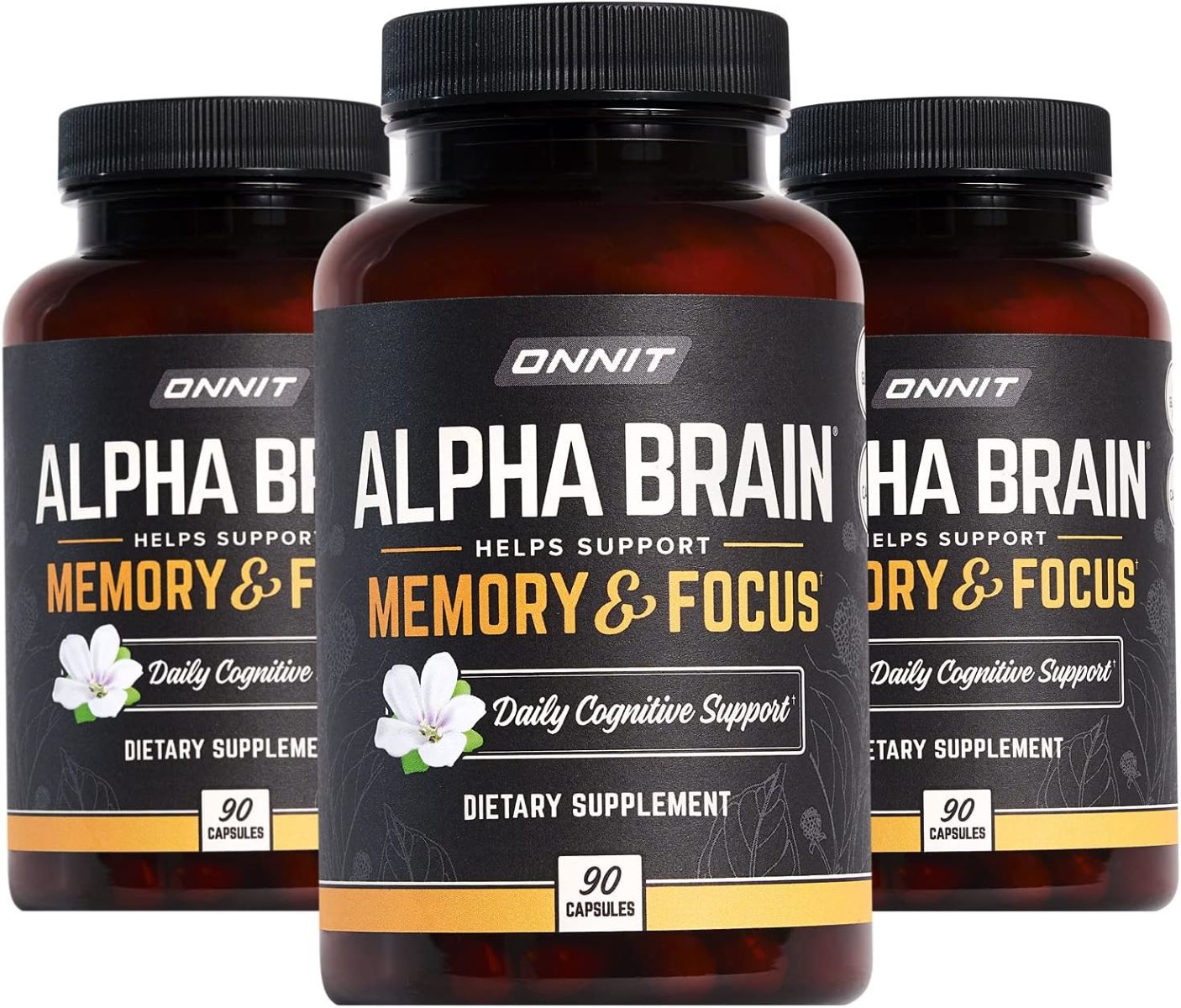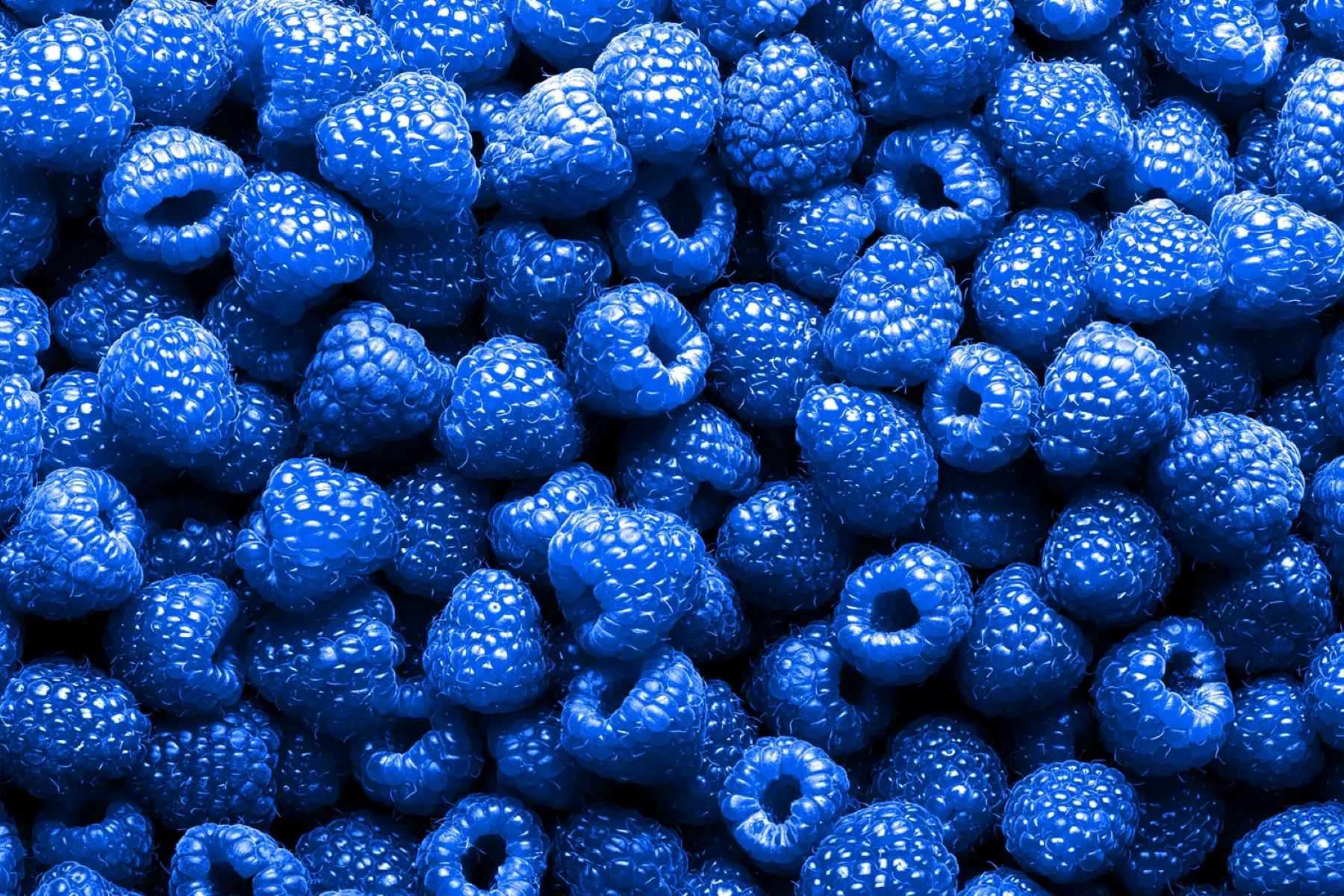Home>Food and Cooking>The Shocking Truth About Wheaties Cereal: Is It Really Healthy Or Just Packed With Artificial Junk?


Food and Cooking
The Shocking Truth About Wheaties Cereal: Is It Really Healthy Or Just Packed With Artificial Junk?
Published: January 31, 2024
Discover the truth about Wheaties cereal and its healthiness. Uncover whether it's a nutritious choice or loaded with artificial ingredients. Explore more on food and cooking.
(Many of the links in this article redirect to a specific reviewed product. Your purchase of these products through affiliate links helps to generate commission for Regretless.com, at no extra cost. Learn more)
Table of Contents
Introduction
Wheaties cereal has been a staple in many households for decades, often touted as the "Breakfast of Champions." Its iconic orange box and bold promise of providing a healthy start to the day have made it a familiar sight on supermarket shelves. However, behind the marketing hype lies a controversial debate about the true healthfulness of this popular breakfast cereal.
As consumers become increasingly conscious of the ingredients in their food, questions about the nutritional value and health claims of Wheaties have come to the forefront. Is Wheaties truly a wholesome choice for breakfast, or is it merely a cleverly marketed product packed with artificial additives and empty promises? To uncover the truth, we must delve into the history, nutritional information, ingredients, health claims, and the actual impact of Wheaties cereal on our well-being. Let's embark on a journey to unravel the mysteries surrounding this seemingly innocuous breakfast option and discover what lies beneath the surface of the iconic orange box.
History of Wheaties Cereal
Wheaties cereal, often referred to as the "Breakfast of Champions," has a rich and intriguing history that dates back to the 1920s. The concept of Wheaties was born out of serendipity when a health clinician at the Washburn Crosby Company, now known as General Mills, spilled a wheat bran mixture onto a hot stove. This mishap resulted in a crispy, flaky substance that piqued the interest of company executives. Recognizing the potential of this accidental creation, the company set out to develop a new breakfast cereal.
In 1924, Wheaties made its debut as "Washburn's Gold Medal Whole Wheat Flakes" and was initially marketed as a health food. However, it wasn't until a few years later, in 1927, that the cereal underwent a significant transformation. The iconic orange box was introduced, featuring the slogan "Wheaties – The Breakfast of Champions." This marked the beginning of a groundbreaking marketing campaign that would forever change the trajectory of Wheaties.
The turning point for Wheaties came in the 1930s when the brand forged a partnership with the Minneapolis-based radio station WCCO. The station's announcer, Knox Reeves, delivered an impromptu live testimonial about how Wheaties had boosted his energy during a busy morning. This unplanned endorsement led to the birth of the famous catchphrase, "Wheaties – The Breakfast of Champions," which became synonymous with the brand.
As the years passed, Wheaties continued to solidify its status as a beloved breakfast cereal, leveraging endorsements from renowned athletes and sports figures. The iconic Wheaties box featured high-profile sports personalities, further cementing the cereal's association with athleticism and success. This strategic marketing approach propelled Wheaties to become a cultural phenomenon, earning it a revered place in the realm of breakfast cereals.
The history of Wheaties is a testament to the power of branding and marketing, as it transformed a simple wheat bran mixture into an enduring symbol of vitality and achievement. The evolution of Wheaties from a kitchen mishap to a cultural icon reflects the fascinating journey of a breakfast cereal that has left an indelible mark on the collective consciousness of consumers.
Nutritional Information
When evaluating the nutritional profile of Wheaties cereal, it is essential to scrutinize the key components that contribute to its overall health impact. Understanding the nutritional information empowers consumers to make informed choices about their dietary intake. Let's delve into the essential aspects of the nutritional content of Wheaties.
Macronutrients
Wheaties cereal is primarily composed of carbohydrates, with a modest amount of protein and minimal fat content. The carbohydrates in Wheaties provide the body with a readily available source of energy, making it a convenient breakfast option for individuals with active lifestyles. The protein content in Wheaties, albeit not substantial, contributes to the overall macronutrient profile, supporting muscle repair and growth.
Micronutrients
In terms of micronutrients, Wheaties is often fortified with essential vitamins and minerals, such as iron, vitamin D, and B vitamins. These fortifications aim to enhance the nutritional value of the cereal, potentially addressing common dietary deficiencies. Iron plays a crucial role in oxygen transport within the body, while vitamin D supports bone health and overall immunity. The inclusion of B vitamins, including thiamine, riboflavin, and niacin, further enriches the micronutrient content of Wheaties, promoting metabolic function and energy production.
Fiber Content
One notable aspect of Wheaties' nutritional profile is its fiber content. Whole grain cereals like Wheaties are often lauded for their fiber content, which supports digestive health and contributes to a feeling of fullness. The fiber in Wheaties aids in regulating bowel movements and may help lower cholesterol levels, making it a valuable component of a balanced diet.
Added Sugars
While Wheaties boasts a relatively low sugar content compared to many other breakfast cereals, it is important to be mindful of the presence of added sugars. Despite the efforts to minimize sugar content, some variations of Wheaties may still contain added sugars to enhance flavor. It is crucial for consumers to be vigilant about monitoring their overall sugar intake and to opt for varieties with minimal added sugars.
Sodium Content
Another consideration when assessing the nutritional information of Wheaties is its sodium content. While sodium is an essential mineral for bodily functions, excessive intake can contribute to health issues such as high blood pressure. It is prudent for individuals to be mindful of their sodium consumption and to choose lower-sodium options when available.
In summary, the nutritional information of Wheaties cereal reveals a balance of macronutrients, fortified micronutrients, fiber, and potential considerations regarding added sugars and sodium. Understanding these aspects empowers consumers to make informed decisions about incorporating Wheaties into their dietary regimen, taking into account their individual nutritional needs and health goals.
Ingredients in Wheaties Cereal
Wheaties cereal is renowned for its simple yet essential ingredients that form the foundation of this iconic breakfast option. Understanding the components that comprise Wheaties is crucial in assessing its nutritional value and overall impact on health.
-
Whole Grain Wheat
The primary ingredient in Wheaties cereal is whole grain wheat. This wholesome and nutritious component provides a rich source of complex carbohydrates, fiber, and various essential nutrients. Whole grain wheat serves as a valuable dietary staple, offering sustained energy and supporting digestive health. -
Sugar
While some variations of Wheaties contain minimal added sugars, it is important to note that sugar is listed as an ingredient in certain formulations. The presence of sugar contributes to the overall flavor profile of the cereal, offering a hint of sweetness that appeals to consumers with varying taste preferences. -
Salt
Salt, or sodium chloride, is included in the list of ingredients in Wheaties cereal. While salt enhances the taste of the cereal, it is essential to be mindful of the sodium content and its potential impact on overall health, particularly for individuals seeking to monitor their sodium intake. -
Vitamins and Minerals
Wheaties is often fortified with essential vitamins and minerals, such as iron, vitamin D, and various B vitamins. These fortifications aim to enhance the nutritional value of the cereal, providing additional support for overall well-being and addressing potential dietary deficiencies. -
Other Ingredients
Depending on the specific formulation and flavor variations, Wheaties may contain additional ingredients such as malt flavoring, natural flavors, and preservatives. These components contribute to the sensory experience and shelf life of the cereal, ensuring a consistent and enjoyable product for consumers.
Understanding the ingredients in Wheaties cereal sheds light on the foundational components that define its nutritional composition and flavor profile. With a focus on whole grain wheat as the primary ingredient, supplemented by fortifications and flavor-enhancing elements, Wheaties presents a blend of essential nutrients and sensory appeal. By discerning the ingredients within Wheaties, consumers can make informed choices about their breakfast selections, considering their individual dietary preferences and nutritional objectives.
Health Claims and Reality
Wheaties cereal has long been associated with health claims, positioning itself as a nutritious breakfast option that champions vitality and well-being. The iconic slogan, "The Breakfast of Champions," has been ingrained in the collective consciousness, fostering the perception that consuming Wheaties equates to a healthy start to the day. However, it is imperative to scrutinize these health claims and discern the reality behind the marketing facade.
The promotion of Wheaties as a healthful choice stems from its foundation of whole grain wheat, which inherently offers valuable nutrients and dietary fiber. Moreover, the fortification of Wheaties with essential vitamins and minerals further bolsters its perceived nutritional value. These factors have contributed to the portrayal of Wheaties as a wholesome breakfast option that aligns with dietary recommendations for a balanced and nourishing start to the day.
Nevertheless, the reality of Wheaties' health claims warrants a closer examination. While whole grain wheat forms the cornerstone of Wheaties, certain formulations may contain added sugars, albeit in modest amounts. The presence of added sugars raises concerns regarding the overall sugar content of the cereal, especially in the context of widespread efforts to reduce excessive sugar intake for improved health outcomes.
Furthermore, while Wheaties is fortified with essential vitamins and minerals, it is essential to acknowledge that fortifications do not inherently transform a product into a universally optimal dietary choice. The broader dietary context, including overall sugar intake, sodium content, and the presence of artificial additives, necessitates a comprehensive evaluation of Wheaties' impact on health.
The reality of Wheaties' health claims lies in the nuanced interplay of its nutritional composition, including its macronutrient profile, micronutrient fortifications, and the potential implications of added sugars and sodium. As consumers navigate the landscape of breakfast cereals, it is crucial to approach health claims with a discerning mindset, considering the holistic nutritional impact and aligning product attributes with individual dietary preferences and health goals.
In essence, while Wheaties possesses elements that align with its health claims, a balanced assessment reveals nuanced considerations that go beyond the marketing narrative. Understanding the interplay of its nutritional components and contextualizing them within broader dietary patterns empowers consumers to make informed decisions about integrating Wheaties into their breakfast routine, mindful of both its perceived health benefits and the underlying nutritional realities.
Impact on Health
The impact of Wheaties cereal on health encompasses a multifaceted evaluation, encompassing its nutritional composition, potential health implications, and the broader context of dietary choices. As a breakfast option that has been positioned as a source of vitality and nourishment, understanding its impact on health is paramount for consumers seeking to make informed dietary decisions.
The nutritional composition of Wheaties, characterized by whole grain wheat as the primary ingredient, sets the stage for its potential health impact. Whole grains are lauded for their fiber content and essential nutrients, offering benefits such as improved digestive health and sustained energy release. Additionally, the fortification of Wheaties with essential vitamins and minerals contributes to its perceived nutritional value, potentially addressing common dietary deficiencies.
However, the impact on health must be viewed through a critical lens, considering factors such as added sugars and sodium content. While some variations of Wheaties contain minimal added sugars, the presence of this ingredient raises concerns regarding overall sugar intake, aligning with broader efforts to reduce excessive sugar consumption for improved health outcomes. Similarly, the sodium content in Wheaties warrants attention, as excessive sodium intake can contribute to health issues such as high blood pressure.
Furthermore, the impact of Wheaties on health extends beyond its immediate nutritional attributes to encompass its role in the broader dietary landscape. As consumers navigate their dietary choices, considering the cumulative impact of various food selections is crucial. Wheaties, while offering certain nutritional benefits, should be integrated into a balanced diet that includes a diverse array of nutrient-dense foods, promoting overall well-being.
In essence, the impact of Wheaties on health underscores the complexity of evaluating a single food item within the context of an individual's overall dietary patterns. While Wheaties possesses elements that align with its perceived health benefits, a comprehensive understanding of its impact on health necessitates a holistic approach that considers not only its nutritional composition but also its role in promoting dietary diversity and balanced nutrition.
By discerning the nuanced impact of Wheaties on health, consumers can make informed decisions about its inclusion in their dietary regimen, taking into account their individual nutritional needs and health goals. This informed approach empowers individuals to navigate the landscape of breakfast options with a balanced perspective, aligning product attributes with their broader dietary preferences and well-being.
Conclusion
In conclusion, the enigmatic narrative of Wheaties cereal unveils a tapestry of history, nutritional intricacies, health claims, and the broader impact on well-being. The journey through the annals of Wheaties' evolution reveals a breakfast cereal that has transcended mere sustenance to become a cultural icon, synonymous with vitality and achievement. The rich history of Wheaties, from its serendipitous inception to its strategic marketing endeavors, underscores the profound influence of branding and storytelling in shaping consumer perceptions.
The nutritional information of Wheaties provides insights into its macronutrient composition, micronutrient fortifications, fiber content, and considerations regarding added sugars and sodium. While Wheaties offers a foundation of whole grain wheat and essential nutrients, the presence of added sugars and sodium necessitates a discerning approach to its consumption. Understanding the interplay of these nutritional elements empowers consumers to make informed choices aligned with their individual dietary preferences and health objectives.
The juxtaposition of Wheaties' health claims and reality reveals a nuanced landscape, where the inherent nutritional benefits coexist with considerations surrounding added sugars, sodium content, and the broader dietary context. While Wheaties possesses elements that align with its health claims, a balanced assessment prompts a holistic view that encompasses the interplay of its nutritional components and the broader impact on health.
The impact of Wheaties on health extends beyond its immediate nutritional attributes to encompass its role in promoting dietary diversity and balanced nutrition. As consumers navigate their dietary choices, understanding the cumulative impact of various food selections is pivotal. Wheaties, while offering certain nutritional benefits, should be integrated into a balanced diet that embraces diversity and holistic well-being.
In essence, the narrative of Wheaties cereal transcends the confines of a mere breakfast option, evolving into a symbol that embodies the intersection of nutrition, marketing, and cultural significance. Unraveling the mysteries surrounding Wheaties unveils a complex tapestry that invites consumers to approach their dietary decisions with mindfulness, informed by a nuanced understanding of product attributes and their broader impact on well-being.













